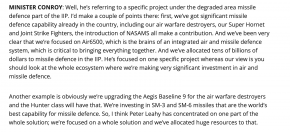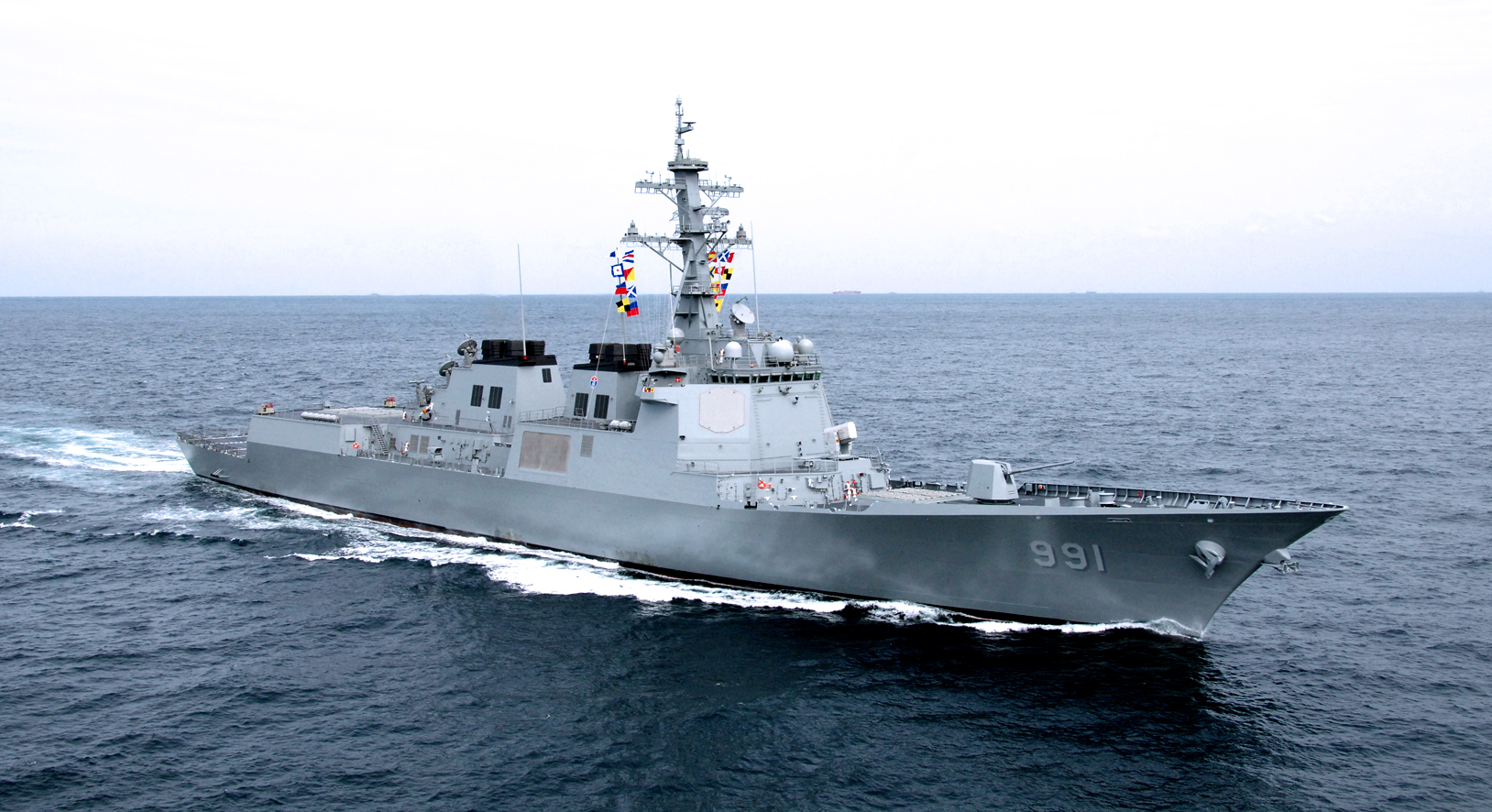Yes speed is the H260's achilles heel. They are short, fat and dumpy and probably underpowered. Beaching hull designs are not designed for racing.Using the Birdon H260 hull form as the basis for a LOCSV would not be ideal. The Birdon hull form is intended for at least limited beaching. A better hull form on which to base the LOCSV would be the Fast Supply Vessels used to support offshore rigs. These have already formed the basis for the MUSV and the LUSV trialled by the USN. While they do have limitations, with possibly range being a significant one, these can be addressed or mitigated. This hull form is designed for much higher speed than the H260 hull form.
I'm not sure however that the fast supply vessel form is the long term solution either though. The FSV trades payload and range for speed as they are designed to get small high value equipment out to rigs within a few hours.
While the FSV style USV Ranger and Nomad are the current trial platforms (and doing well), I would not view they have the capacity for a large missile magazine. Looking at their recent SM6 firing trials, using the Mk70 containerised VLS (which as four cells), I doubt they could hold more than two of these (so 8 VLS total). Even an extended version of the FSV is going to have difficulty holding 8 MK70 containers for a 32 cell capacity.
One of the problems that I see with the Mk70 concept (a 40 ft sea container) is that it takes up too much horizontal space and most ships can't hold many. You either end up with an enormus flat tray style ship that starts to look like an aircraft carrier, or you move back to a verticle VLS system with the Mk41 for compactness. My thoughts are that an LOCSV will need to support a Mk41 to have sufficient missile capacity.
For a Mk41 you need a platform that can handle top weight as these things need about 8 metres for themselves, plus some space underneath. A 32 cell unit weighs about 60 tonnes, and with missiles, about double that (call it 150 tonnes with structural framework and services). So, you are talking about a ship that can handle a lot of balast to counter this. And fat, dumpy ships are good at that.
Remember that most of the GPF contenders in the 3,000 to 4,000 tonne range struggle with a 32 cell VLS, so this is not an easy task.
So, perhaps the optimal platform is somewhere in between the H260 and an FSV. The H260 would have the payload capacity and deck space necessary, but probably needs more of a traditional RO-RO hull (more elongated, with a bulbous bow) and bigger engines for higher speed.
30 kts would be great, but I think something that could do 18-21 kts would be functional.





